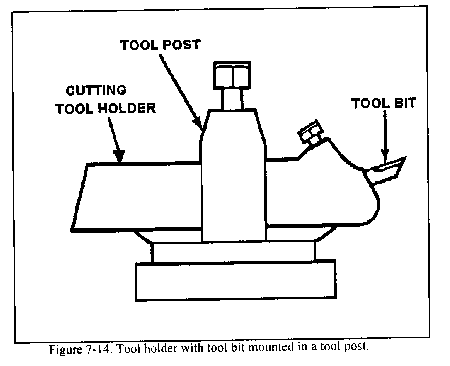
A Comprehensive Guide to Lathe Tools
Introduction
Lathe machines are essential in metalworking, woodworking, and other industries. Lathe tools, often referred to as cutting tools, are the key components that shape and finish the workpiece by removing material. This blog will explore the various lathe tools, their functions, and their applications in detail.
- Types of Lathe Tools
Lathe tools come in various shapes and sizes, each designed for a specific purpose. The most common types include:
• Turning Tools: These are used to remove material from the external diameter of the workpiece. Turning tools can either rough cut for fast material removal or finish cut for smooth surface finishing.
• Facing Tools: Facing involves cutting across the face of the workpiece to make it flat. Facing tools are designed to create smooth surfaces on the end of the workpiece.
• Boring Tools: Boring tools are used to enlarge an existing hole. This process is done after drilling to create precise internal diameters.
• Parting Tools: Parting tools, or cutoff tools, are thin, sharp tools designed to cut off or separate parts of the workpiece.
• Threading Tools: These tools are designed to cut screw threads on the external or internal surface of the workpiece.
- Material Types of Lathe Cutting Tools
Lathe tools can be made from a variety of materials, each with different properties:
• High-Speed Steel (HSS): HSS tools are widely used because they can retain hardness at high temperatures. These are best for general-purpose cutting, turning, and drilling.
• Carbide-Tipped Tools: Carbide tools are harder than HSS and provide better performance for cutting hard materials at high speeds. They also last longer and maintain sharpness under heat, making them ideal for heavy-duty operations.
• Ceramic and Diamond Tools: These are high-performance tools used for extremely precise cutting on hard materials. Diamond-tipped tools are often used in finishing operations due to their hardness and durability.
- Lathe Tool Geometry
The geometry of a lathe tool significantly affects its performance. It includes:
• Rake Angle: The angle at which the cutting edge is inclined to the workpiece. A positive rake reduces cutting force but weakens the tool, while a negative rake strengthens the tool but increases cutting force.
• Relief Angle: The angle behind the cutting edge that prevents the tool from rubbing against the workpiece.
• Cutting Edge Angle: The shape of the cutting edge also plays a crucial role in determining the type of finish the tool produces.
- Applications of Lathe Tools
Lathe tools are used in a wide range of industries, including:
• Automobile Manufacturing: Lathe tools are used to machine engine parts, gears, and other automotive components.
• Aerospace Industry: High-precision cutting tools are essential in creating critical parts such as turbine blades and engine components.
• Woodworking: Lathes and their tools are used to shape decorative items like furniture legs, bowls, and spindles.
• Jewelry Making: Miniature lathes are often used by jewelers for fine detailing.
- Maintenance and Care of Lathe Tools
To ensure long life and optimal performance, lathe tools require regular maintenance:
• Sharpening: Regular sharpening is essential to maintain the tool’s cutting edge and prevent wear. Using a grinding wheel is the most common method for sharpening lathe tools.
• Lubrication: Applying appropriate lubricants while cutting can prevent overheating, reduce tool wear, and ensure a smoother cutting operation.
• Proper Storage: Storing lathe tools in a clean, dry environment helps protect them from corrosion and accidental damage.
Conclusion
Lathe tools are the heart of lathe machining, offering versatility in shaping and finishing workpieces. From turning to threading, each tool serves a unique function, and selecting the right material and geometry is essential for efficient cutting. By understanding the different types of lathe tools, their materials, and applications, machinists can achieve precision and efficiency in their work.
Do you have a favorite lathe tool or technique? Let me know in the comments below! 💬
#LatheTools #Machining #Manufacturing #Metalworking #CNC #Tooling